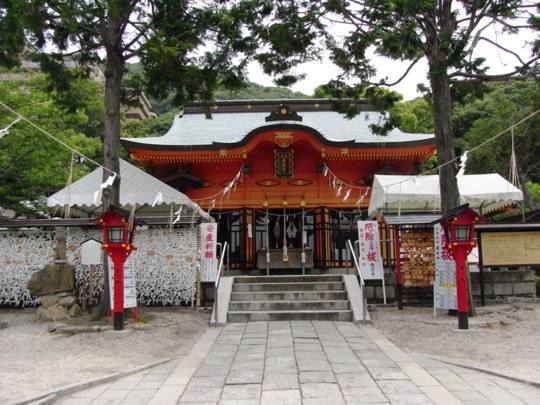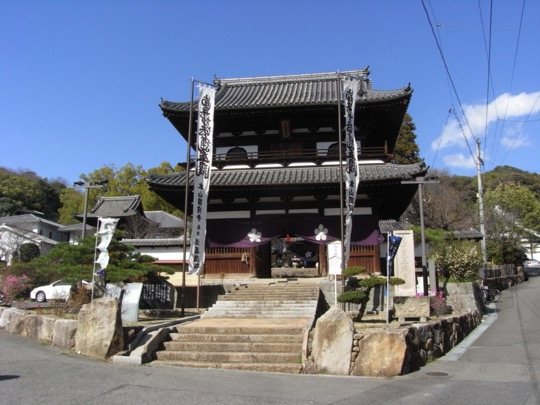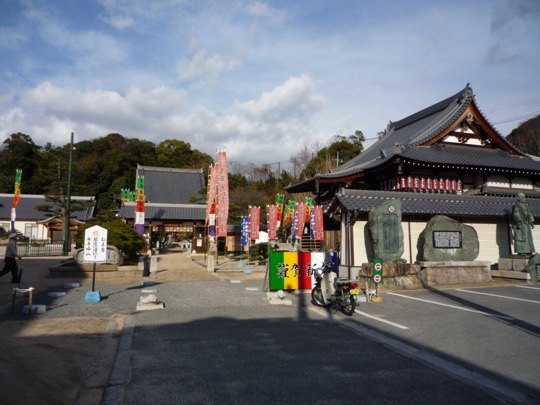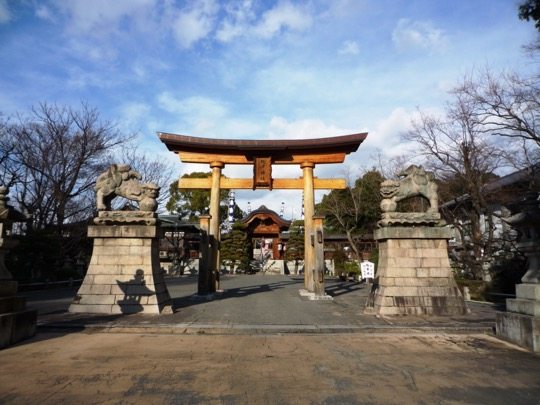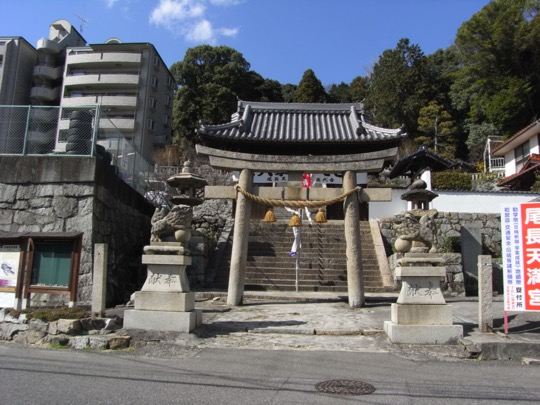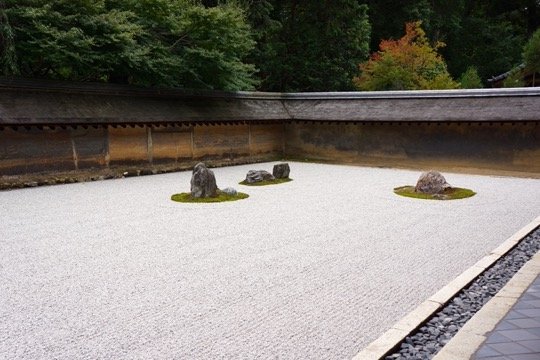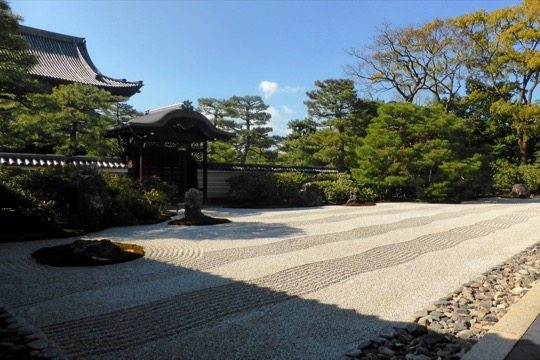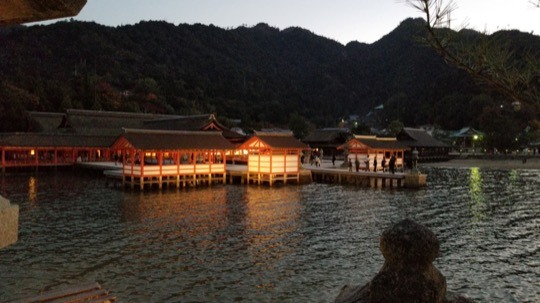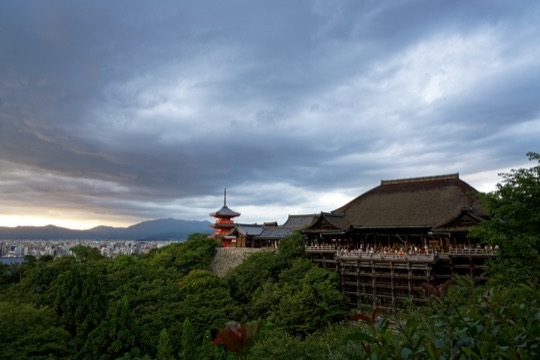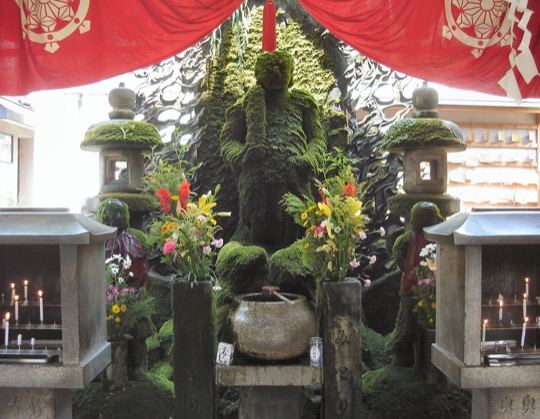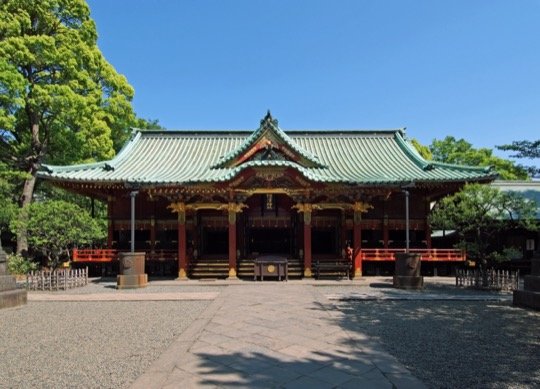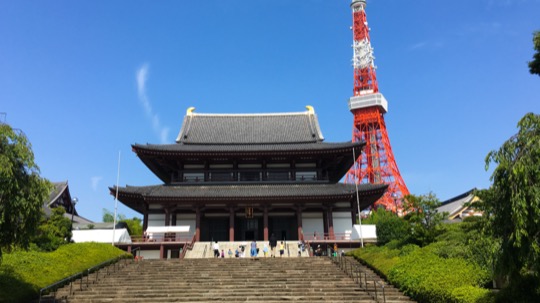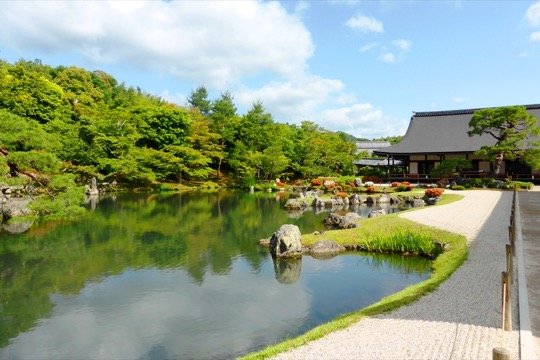Fudoin Temple
Historic Shingon Buddhist temple in Hiroshima with deep cultural ties

On This Page
Fudoin Temple is a historic site in Hiroshima, displaying traditional Japanese architecture within its tranquil grounds. Founded in the Heian period (794–1185), this Shingon Buddhist temple survived the atomic bombing of Hiroshima in 1945. With its Kondo (Golden Hall) designated as a National Treasure, Fudoin Temple represents not only the architectural heritage of Japan but also the resilience of Hiroshima.
Fudoin is a significant temple in Hiroshima’s Higashi Ward. Its history is interlinked with influential figures and events in Japan. Established as part of the Ankokuji temples, a national network initiated by Ashikaga Takauji and Tadayoshi for national consolidation, the temple features the Yakushi Nyorai (Medicine Buddha) in its Kondo, which is an example of Muromachi period (1336–1573) architecture and recognized as a National Treasure.
The temple’s architectural significance is also reflected in its wayou-style Kondo Hall, the Bell Tower, originally built in 1321, and the Roumon Gate, with its characteristic roof overhang. Within the temple is a wooden statue of the Yakushi Nyorai, made from Japanese cypress wood, indicative of the late Heian period.
Fudoin endured destruction during the Warring States period but was restored by Ankokuji Ekei, associated with the Mori clan. After the Battle of Sekigahara, with the Mori clan’s relocation and the temple’s patronage under Fukushima Masanori, it transitioned from the Zen to the Shingon sect.
During World War II, Fudoin served as an evacuation site. Despite its proximity, about 3.90 km from the hypocenter of the atomic bombing, the temple’s main structures stood firm, later providing refuge to survivors. The Kondo was designated as a National Treasure in 1952 and was included in Hiroshima City’s list of surviving buildings affected by the bombing in 1993.
Visitors can appreciate the peaceful atmosphere of Fudoin and its historical artifacts, such as the Bonsho, a Korean bell from the Goryeo Dynasty. Fudoin’s cultural and spiritual value continues to draw those interested in Japan’s rich heritage.
Getting There the easiest way to reach Fudoin Temple
Around Fudoin Temple
Nearby in Hiroshima the best attractions close to Fudoin Temple
Anrakuji Temple
Survivor of Hiroshima’s darkest day, home to a centuries-old ginkgo sentinel
Hiroshima Toshogu Shrine
Enshrining Tokugawa Ieyasu, the founder of the Tokugawa shogunate
Ikari Shrine
A historical shrine dedicated to a notable Edo period lord and a sea deity, surrounded by Hiroshima’s cherry blossoms.
Kokuzenji Temple
A sanctuary with a rich past and cultural treasures
Myojoin Temple
A site of heritage, featuring the Akou gishi statues and a historic ginkgo tree.
Nigitsu Shrine
Honoring Hiroshima’s Founding Lords: The Asano Clan and Their Enduring Legacy
Onaga Tenmangu Shrine
A beacon of cultural devotion surviving since 1640.
Tsuruhane Shrine
A historic sanctuary dating back to 1190 with a rich tapestry of cultural heritage.
Yatsurugi Shrine
17th-century shrine with a unique flood-prevention legend involving eight swords

